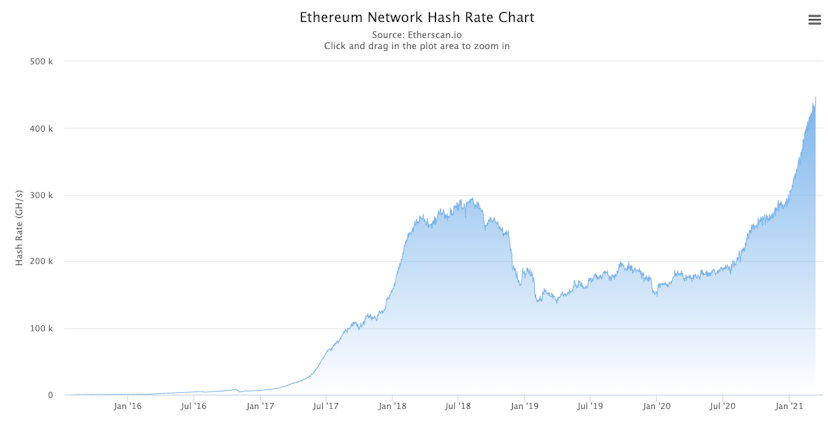Ethereum Proposal to Raise Block Reward Draws Criticism
A new Ethereum proposal, EIP-3368, meant to increase miner rewards, has generated major pushback from the cryptocurrency’s community members like Aftab Hossain, who thinks the proposal distorts Ethereum’s “minimum viable issuance” monetary policy which aims to keep mining rewards as low as possible without compromising security. EIP-3368 proposes to increase the Ethereum block reward from…
By: Owen Fernau • Loading...
DeFiA new Ethereum proposal, EIP-3368, meant to increase miner rewards, has generated major pushback from the cryptocurrency’s community members like Aftab Hossain, who thinks the proposal distorts Ethereum’s “minimum viable issuance” monetary policy which aims to keep mining rewards as low as possible without compromising security.
EIP-3368 proposes to increase the Ethereum block reward from two ETH to three ETH and then taper the reward block-by-block to one ETH over two years.
The rationale behind the proposal is that a drop in Proof of Work (PoW) rewards will incentivize miners to sell their hashrate (the computational power used to solve PoW problems). This, according to the proposal, leads to the possibility that “an attacker will be able to rent a large amount of hashing power for a short period of time at relatively low cost vs. reward and potentially attack the network.”
The proposal acknowledges that Ethereum miners’ days are numbered because of the planned upgrade to Proof of Stake from Proof of Work, which will eliminate mining rewards altogether.
The author, Michael Carter, explained to The Defiant that he wrote the proposal to bulletproof Ethereum in case the cryptocurrency’s price drops by roughly 50%, proportionally cutting into the miners’ mining revenue. The fee burn, which comes from proposal EIP-1559, comprises close to 50% of miners’ fee revenue. The portion of transaction fees that EIP-1559 will burn has not been confirmed.
If both the price drops and EIP-1559 is implemented, Carter believes it will “cause a 150-200 TH drop on ethereum as many new participants would turn off their rigs or look for better yields from other networks or brokerages.”
“TH” here means terahashs per second, a PoW unit of measurement for mining power. The more power dedicated to a PoW network the more secure it is. As the current hashrate of 447 TH per second, Carter believes the situation outlined above could lead to near a halving of mining power and hence, Ethereum security.

Pushback
Some believe that EIP-1559, which EIP-3368 doesn’t mention but addresses by implication as the former proposal may cut into miner fee revenue, won’t lead to a large enough drop in total revenue to threaten Ethereum’s security.
Crypto researcher, Hasu, for example, believes that EIP-1559 will reduce miner revenue by 20 to 30% which may leave margin enough for miners to continue devoting hashpower to the network.
As evidence for the lack of correlation between transaction fees and hashpower, Anthony Sassano of the Ethereum Foundation pointed on Twitter towards March’s drop in transaction fees, during which hashrate has continued to climb.
The proposal comes down to percentages: how much will EIP-1559 cut into miner rewards and will that be enough to make miners leave?
Carter is slated to present EIP-3368 at the next AllCorDevs, a technical call which brings together the major teams to discuss the direction of the Ethereum protocol.
Advertisement
Get the best of The Defiant directly in your inbox 💌
Know what matters in Web3 with The Defiant Daily newsletter, every weekday
90k+ investors informed every day. Unsubscribe anytime.